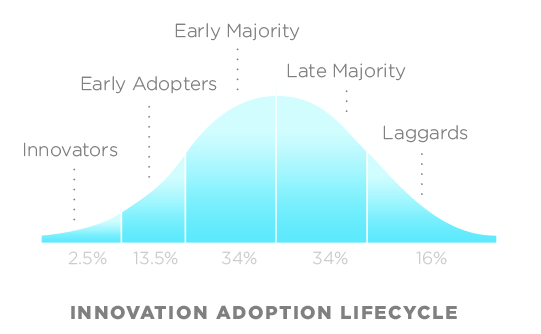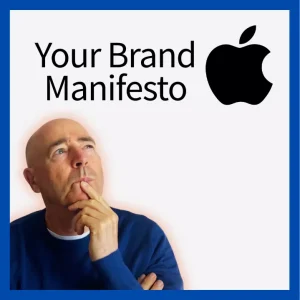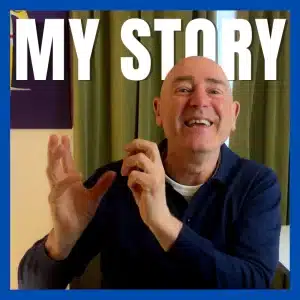One of the great challenges of leading with BIG ideas is matching them to your intended audience. You’ll know you’ve matched your audience when there is a strong demand for what you offer. Alternatively, if there is a mismatch of audience and offer then demand will naturally be low.
[Tweet “How to ensure your BIG idea matches your audience”]
The Mismatch of Adoption
Recently, I’ve encountered two examples of this mismatch.
The first is that of a colleague who has been presenting a new idea to the market. She has been working with this idea for more than five years and so far the traction has been slow. Most people think they’re already doing it or dismiss it by saying ‘we don’t have that issue here’. In some cases, this is a marketing or communication failure. And, sometimes it’s pitching to the wrong segment of customers.
The second example is that of a client I have been working with. He has been presenting ideas that I consider to be at least 20 years out of date. And, his audience continues to lap them up. However, our work together is focused on a completely new set of ideas that is a contemporary take on his previous work. Whilst we haven’t tested this in the market place yet, I suspect a mismatch between idea and adoption with his current audience.
The Innovation Adoption Lifecycle
A simple way to explain this mismatch is through The Innovation Adoption Lifecycle or Roger’s Bell Curve. It was made popular and more general by Everett Rogers in his book Diffusion of Innovations.
The basic idea is that different segments of the population adopt technology or innovation at different rates. And, there are five basic market segments or groups of consumers:
- Innovators – They are first to adopt an innovation. They are willing to take risks because they have the financial resources and the risk of failure can be covered by their money – about 2.5% of the market
- Early Adopters – They are more critical than innovators and are likely to be opinion leaders – 13.5%
- Early Majority – They are the average adopter 34%
- Late Majority – They are skeptical about innovations, below average social status and little financial liquidity – 34%
- Laggards – They are the last to adopt an innovation and usually averse to change, hold onto traditions and have a lower social status than other segments – 16%
Image Source: Wikipedia
Matching Your BIG Idea
The key to matching your BIG idea requires two steps:
- Firstly, are you pitching to the right audience?
- Secondly, are you pitching to the right segment within that audience?
The important thing to gauge here is the novelty or newness of your innovation. Is your idea leading edge? Is it ready for the mass market? Or is it already out there and adopted by most people?
- Politics – To win in politics you need the numbers from the early and late majority – that’s potentially 68% of the market. Therefore you can’t afford to be cutting edge or trailing edge. You need to be in the middle and also communicate it at the level that your audience can appreciate it at.
- Startup – If you are a startup and wanting to create something really new and different then you need to find the innovators to test it, trial it and take a punt on it. Then you can cascade down to the Early Adopters to grab it and spread the word. In your communcations you need to highlight that it’s new, different and edgey.
- Smartphone – A final example… your innovation is already out in the market place and most people have one by now. For instance, a smartphone. To market to the laggards you need to emphasize the traditions behind your product and the safety of using it.
COMMENT: What level is your BIG idea at and who should you be pitching it to?




